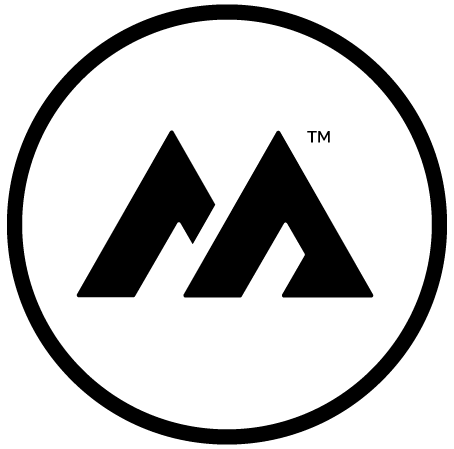How To Plan Ahead For An Excellent Website
Have you ever tried to put IKEA furniture together without using the manual?
Of course you haven’t.
If you tried to put together your Blukürgsport Lounger sans instructions, you’d end up an hour or two later in tears, lost amongst a sea of Allen Keys and pressboard.
The fact is – before you build anything, you need some instructions, a plan, to follow.
Where Can I Get the Instructions For My Website?
If you’re building a website, you’re going to need some instructions. But where are you going to get them?
Sure, you can read design manuals and countless blogs on how to code and learn web design. But that will only tell you how to build a site, not your site.
To build your specific site, you’re going to have to create the instructions yourself.
Luckily, it’s very easy to do that. All you need to do is open a blank text document, and follow these three steps.
Define Your Identity
In your document, in bold letters, type “Identity.”
Every site has an identity. If you define yours well, it will leave visitors with a distinct impression of just what it is you are offering and what you do. If you don’t, your visitors will be confused.
You don’t want people shaking their heads, asking, “What is this site even for?”
If you have a logo, copy and paste it into the document. Use it as a guide and an inspiration. If you don’t, plan what your logo will be.
Write down the vibe you want your site to have. Write what colours you would like to see, and what ones you’d like to avoid.
Do you want to fit in with other site’s web design in your category, or do you want to stand out? Write it down!
Write anything and everything that will be your guide to what your site will look like. This is your first impression you’re defining!
Plan Out the Pages And The Web Design Elements
Next on your text document, in large bold letters, type “Site Map.” In smaller bold letters type out the name of each page you would like to have.
You’ll need a Home Page, and most sites need an About, Contact, and Products or Services. What you’ll need will be based on your type of site. Check out other sites online in your field and see what they have. What’s necessary? What’s not needed?
Now, under each page name, write the functionality you would like on that page. Do you need a slideshow? Which page will it be on? What about a contact form?
Think of any web design bells and whistles and add them to their respective pages. In a future blog, we’ll give you a list of web design functions that you could use.
Create Your Content
The final pre-planning step is the most crucial – you need content.
Even the most gorgeously designed website won’t attract visitors if there isn’t any information on the site. It’s the equivalent of a book with an incredible cover, but only blank pages on the inside.
On your text document, you have all your pages. Under each page, write the content you would like. If you’re having someone do the copywriting for you, just write some of the basic info you would like. Write your instructions and directions for your copywriter.
If you’re not having someone else do your writing then you’ll need to do the writing. This could be a few, or a thousand, posts on its own, but basically, just get down on the page what info you need. A good rule of thumb is to shoot for a minimum of 300 words.
You can enter your text into this site and see where you can improve your text.
Conclusion
Your one simple text document now has all the directions you’ll need to get your website built efficiently and excellently.
Since you have your needs written down, you’re going to save time and money.
If you’re doing the web design yourself or hiring a designer, you’ve got a perfect starting point because you’ve done all this planning.
How is your planning coming along? Stuck anywhere? Need web design services? We’d love to help, so contact us today!

































